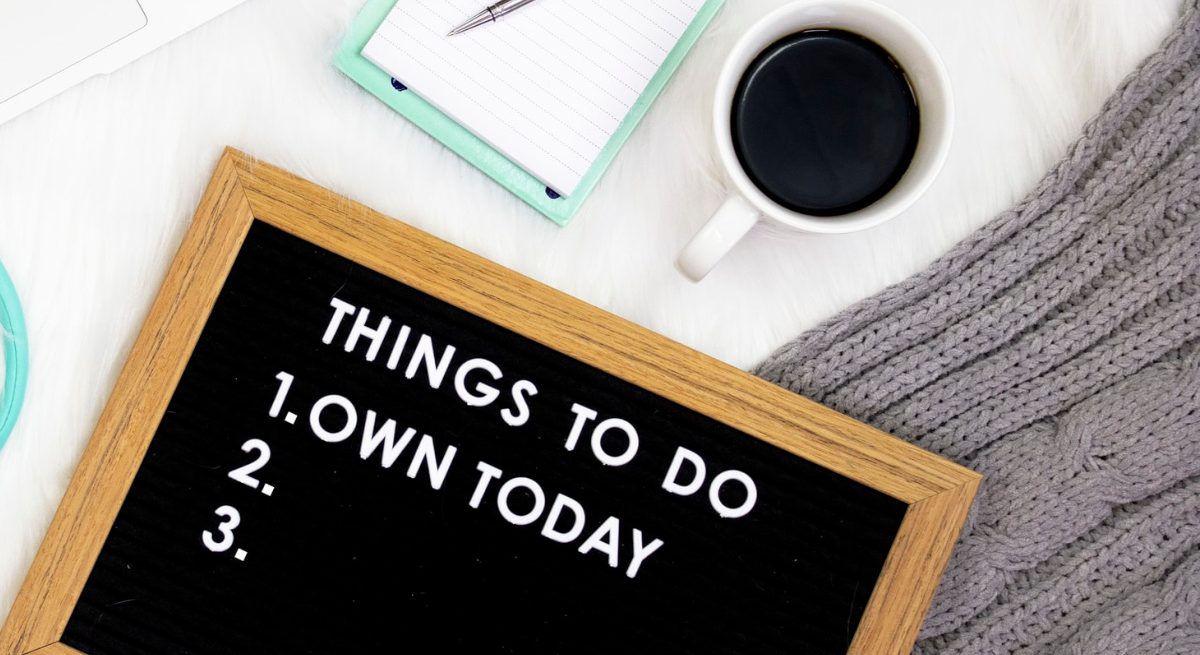Guidelines to Safely Reopen During Uncertain Times
3 Min Read By Timothy J. Ford
Restaurants through the country are struggling with the following issues: whether to re-open, when to re-open and how to re-open. By no means are the answers to these questions straightforward. In most parts of the country, the answer is often dictated, in part, by government restrictions. Although one size does not fit all, this article provides tips to consider as you plan ahead and ultimately re-open your restaurant.
Plan and Protocol: Much the way you should have a business plan, restaurants must have a plan and protocols aimed at mitigation of risk. Failure to do so may subject your restaurant to further liability. The plan should include all preventative measures being undertaken by your restaurant and outline the steps that should be taken in certain scenarios. Once you have created the plan, implementation and training is paramount.
Employee Protection: It is vital that all restaurants take measures to ensure that their staff does not pose a health risk to other employees and customers. Restaurants must develop and/or modify their protocol for all staff members regarding hygiene and preventative health measures. Employees should be advised not to come to work if ill, particularly when exhibiting COVID-19 symptoms. Employers should take the temperatures of all employees entering the restaurant, along with vendors and suppliers. Protective masks should be mandatory, along with gloves and other personal protective equipment. Restaurants must make this equipment available for employees and also customers. Social distancing and hand washing training should be provided regularly.
Signage: All restaurants should have signs mandating the use of personal protective equipment and advising that they are prohibited from entering the restaurant if sick. Copies of procedures and protocols should be made available and, in some areas, will be required by state and local statutes or regulations.
Adherence to Law: Restaurants must remain vigilant and updated on all state and local executive orders, laws, regulations, and ordinances. Many locations have enacted measures mandating social distancing, the use of personal protective equipment and occupancy limitations. In certain circumstances, certain types of foods or the open preparation of foods should be limited. Be mindful that law enforcement and departments of health will be looking to ensure compliance.
Restaurant Modifications: Restaurants should consider modifying operations to maximize customer and employee safety. In certain types of settings, barriers such as plexiglass may be able to be installed to protect customers and staff. Certain tableside food preparation service may need to cease. Facilities should be routinely disinfected, including tables and chairs before turned over. Restaurants should implement additional procedures to ensure food is prepared safely and all cleaning equipment is operating properly. For most restaurants, occupancy limitations and social distancing will require a reduction in seating capacity and increased space between tables and waiting areas.
Insurance: Restaurants should contact their insurance carriers and brokers to see how the changes in the restaurant or procedures may impact coverage. It is important to understand whether claims will be covered if a customer gets ill and suspects it occurred as a result of your restaurant.
Employment Laws: Restaurants must make certain that they adhere to all applicable laws and regulations regarding employees. Your business should be prepared to implement procedures in the event that an infected customer or employee enters your restaurant. You must be familiar with all applicable sick and family leave available for employees. Restaurants must play by the book and adhere to all laws and regulations, even if your compliance was questionable previously. More than ever, employees are contacting departments of labor to report suspected malfeasance.
Testing: If practicable, consider COVID-19 testing and antigen testing of employees. Although this is not a single solution, it may be considered where tests are available and practical. One problem is that an employee who tested negative today may test positive tomorrow. Similarly, simply because an employee has antigens does not mean he or she cannot again test positive for COVID-19 or spread the virus.
Limitations: Know your limits. This may apply to your menu, occupancy, staffing needs/requirements. Do not try to overdo it. Limit your hours and availability when appropriate.
Marketing: Use all the measures you have employed to market your restaurant. Now that you have taken the time and expense of implementing these procedures, let your customers and staff know what you have done. In many circumstances, this may be what gives them peace of mind to return to your establishment.
Be Prepared: Be prepared for various contingencies and the unexpected. Try to anticipate questions from staff and customers. Be prepared for visits from law enforcement, the department of health or a possible inquiry from the department of labor. Every time you open your doors, you invite people into your business. As a result, liability is always a consideration. That potential existed before, but is only further heightened by the pandemic. Be prepared to respond to the possible presence of COVID-19 in your restaurant and know what to do before it happens. Manage your expectations as it relates to business and try to anticipate your level of business.


